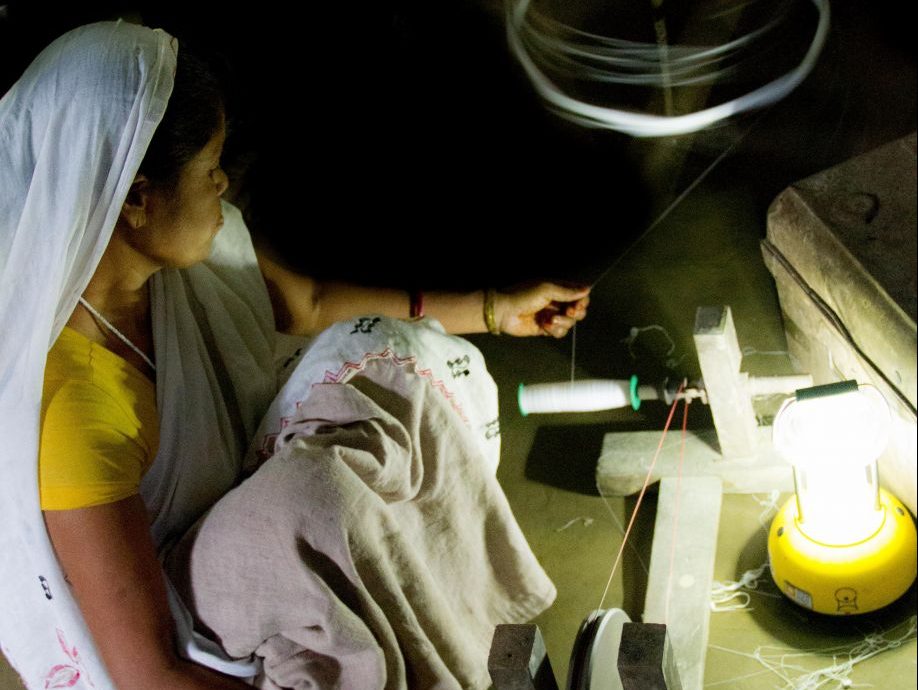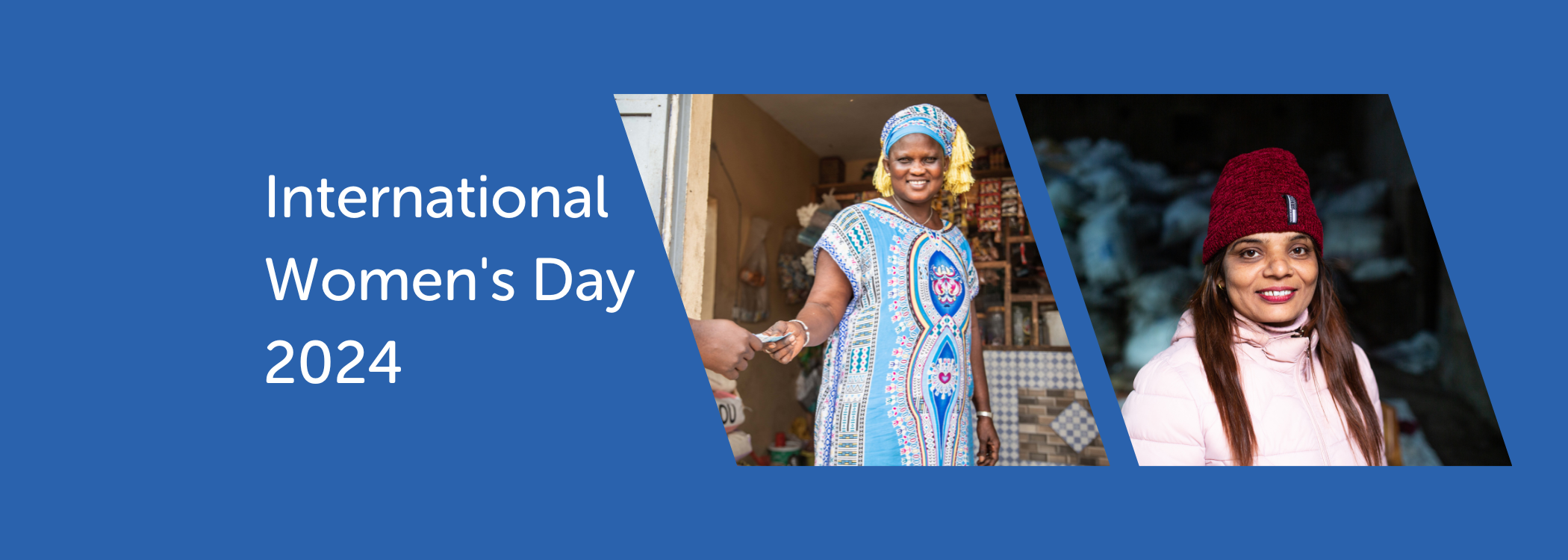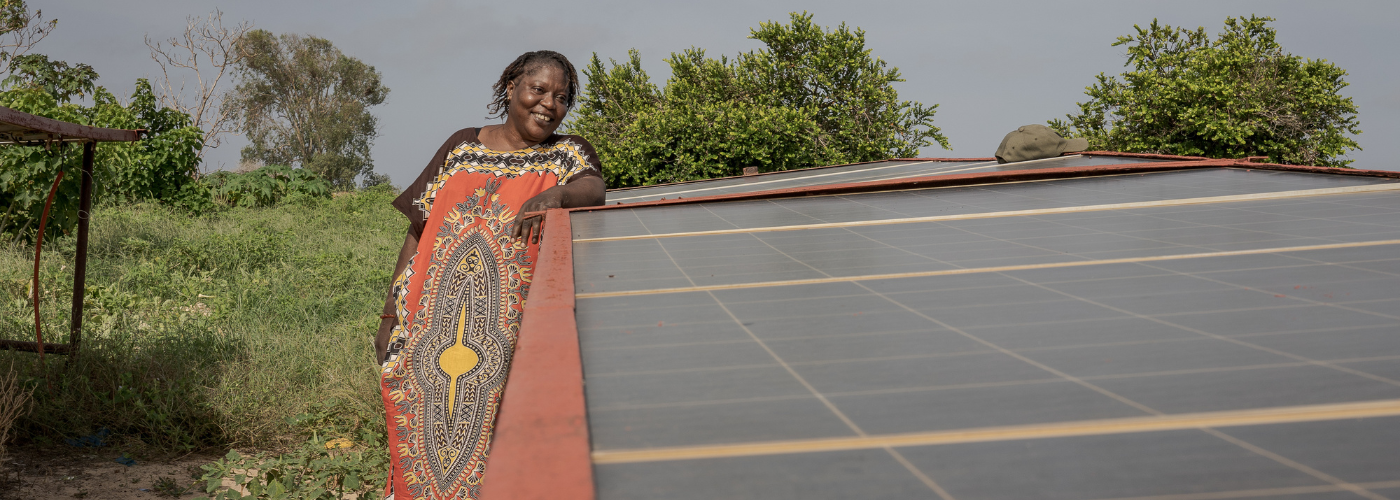This blog was originally posted on the website of the EFEWEE programme (Exploring Factors that Enhance and Restrict Women’s Empowerment through Electrification)
By Magi Matinga, Tanja Winther, Anjali Saini and Debajit Palit (on behalf of the EFEWEE Team)
Dear All,
It has been a really exciting start to 2016 for the EFEWEE team! We have reached an important milestone in our project: the end of the scoping phase in which the EFEWEE team has laid the groundwork of our research by reviewing the growing evidence on women’s empowerment through electrification. We also looked at the electricity policies in Kenya, India and Nepal to see if and how they focus on “gender issues” when planning for electricity.
The ENERGIA meeting in November 2015 in beautiful Cape Town, South Africa, was an opportunity to meet and share findings with the other research groups, technical advisory group members and the ENERGIA International Secretariat; to reflect on the work that all teams have carried out so far; and to sharpen focus for the next phase of the project.
From our reviews during the scoping phase, we made three key observations:
First of all, obtaining access to electricity tends to have a positive effect on the lives of women and girls. It is not fully understood why, but women who have electricity at home spend less time doing physically demanding routine tasks (drudgery) than other women. The freed time is used in a range of ways. Electrification appears to facilitate women’s labour participation and their economic productivity at home. Through electricity they also get access to watching television programmes – which in some cases has had the effect of transforming attitudes that discriminate against women, such as reducing acceptance for husbands beating their wives. Our review indicates that the pathways to women’s empowerment are multifaceted and that there is need to broaden focus beyond economic aspects of electrification. Access to electricity enhances children’s education in general and girl’s education in particular. Even girls from poor households with electricity gain considerably through higher school enrolment.
However, far too little is known about electricity’s effect on women’s decision making power, which is central to our definition of empowerment. This concerns the process towards gender equality: women and men’s equal rights; control over resources; and influence on decisions. Some studies show that women’s increased welfare (i.e. reduced drudgery and improved lighting) enhanced their influence on everyday decisions which taken at large can be considered as empowerment. But we find no evidence that at household level, women gained increased decision-making power in relation to men on matters of major significance such as deciding on whom to marry, or on making large investments. Women who gain employment through electrification are likely to be empowered economically, but without insight into decision-making little is known about the effects on gender relations. The exceptions are cases where women have been given a central role in the supply of electricity. Though also under-researched, there is some evidence that such inclusion leads to changing gender norms and practices in ways that imply empowerment for women.
Our second observation is that the explanations for electricity’s effects remain unclear, and this derives from conceptual ambiguity (e.g. what is ‘empowerment’?) and a lack of contextualised treatment of results. This problem becomes even more obvious when contradictory results are found, for example when electric light is used by children for doing homework in one context but not in another. What explains such differences? And what could be done to enhance electricity’s positive effects in each place? We argue that there is a need for ethnographic studies for understanding the mechanisms that cause electricity’s various effects. The lack of focus on contextual factors and causal explanations hinders aggregation of knowledge in this field. For policy makers, it implies that their knowledge base is limited in terms of what kinds of policies and interventions work most effectively to empower women and girls through electrification.
Thirdly, our scoping study raises the question to what extent policy has made itself relevant as a tool to promote women’s empowerment thorough electrification. It is interesting that international actors tend to have a strong influence on promoting strategies for women’s empowerment; however, whilst such actors are involved in supporting electrification policy and programmes, the effects of gender mainstreaming efforts are less obvious. Our policy review of global initiatives such as Sustainable Energy for All and national electricity policies in Kenya, India and Nepal reveals that most initiatives and policies are gender blind. Crucial to research, it appears that a lack of evidence of the potential effects of gender initiatives (and let alone the lack of gender sensitive statistics) hinder their further elaboration and realisation.
These insights have fed into the design for the next phase of our research which will focus on the impact of concrete interventions in Kenya, India and Nepal. We definitely look forward to further untangling this complex web in our research in 2016 and 2017! We would also welcome your comments and feedback on our work, please share them here!











Follow us on: